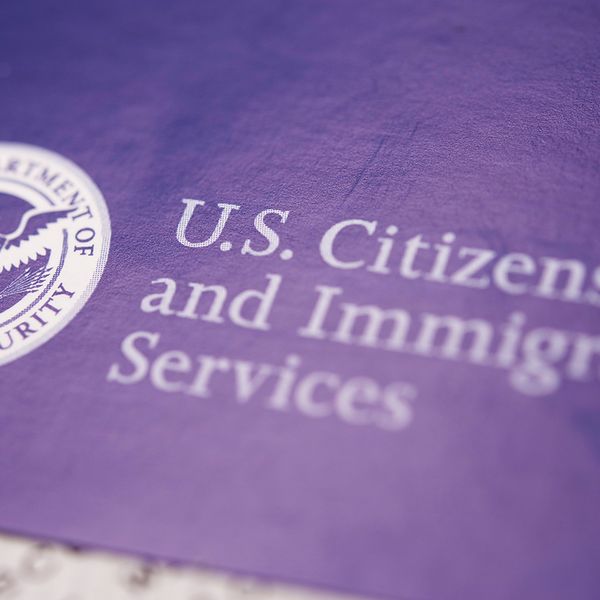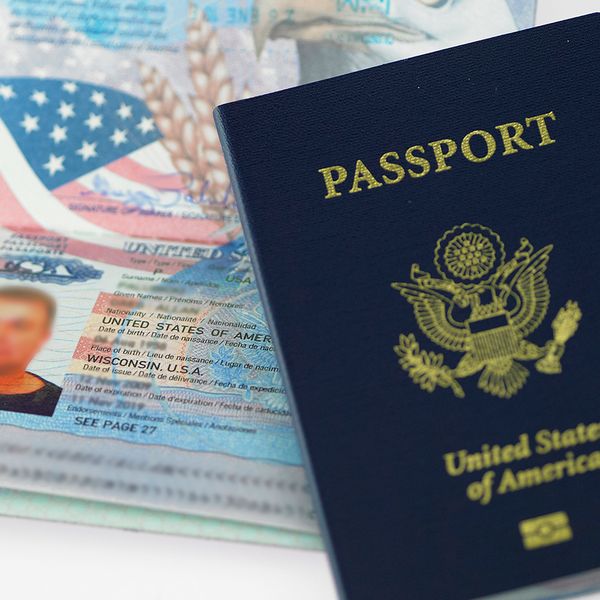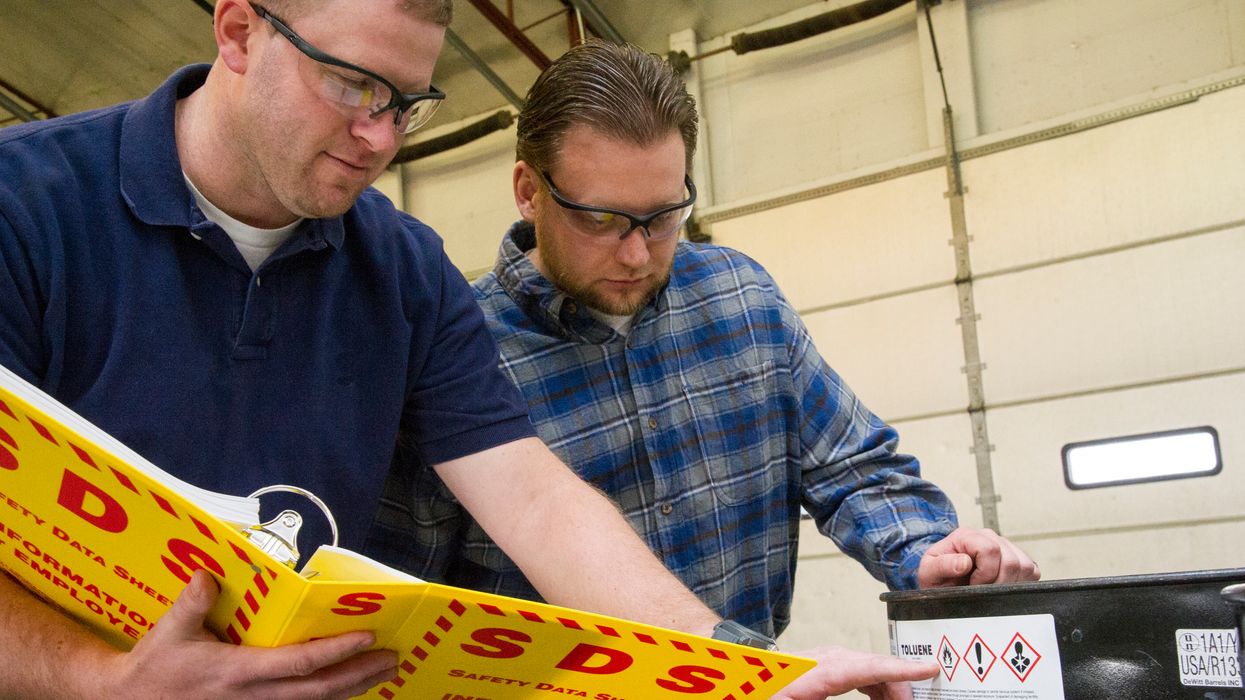Overlooking Form I-9 errors could be costly
Increases in paperwork error penalties for the Form I-9 that took effect in January underscore the importance of conducting regular Form I-9 audits and correcting any errors that are found.
It might be tempting to leave the forms alone and hope nothing is wrong with them. However, an internal review of completed forms offers an opportunity for an employer to catch and correct errors, reducing the odds that mistakes will become expensive.
What are the penalties for Form I-9 paperwork errors?
The Department of Homeland Security published update fine amounts in the Federal Register on January 13. The new penalty amounts for paperwork violations are:
- Minimum fine: $272
- Maximum fine: $2,701
What should be done if a mistake is found on a Form I-9?
An error or mistake on a Form I-9 needs to be dealt with — an employer should not try to hide it. U.S. Citizenship and Immigration Services (USCIS) notes that an error should not be erased or written over with correction fluid.
If a mistake is found in Section 1 of the form, the USCIS says employers are to have the employee:
- Draw a line through the incorrect information
- Enter the correct or missing information
- Initial and date the correction.
The employer then attaches a written explanation of why information was missing or needed correcting.
If a mistake is found in Section 2 or 3 of the form, the employer should:
- Draw a line through the incorrect information
- Enter the correct or missing information
- Initial and date the correction
A written explanation of why information was missing or needed correcting is then attached to the form by the employer.
What happens if a Form I-9 is filled with errors?
If there are multiple or major errors on the form, an employer has the option of completing a new Form I-9, or redoing the section where errors are found.
The new form is attached to the old one along with a written explanation of why the changes were needed.
How can Form I-9 errors be prevented?
Mistakes happen, and those made on the Form I-9 need to be corrected using the procedures outlined by the USCIS.
To keep errors from happening again, employers should update their procedures and train employees who have responsibilities relating to the Form I-9.
Key to remember: Penalties for paperwork errors on the Form I-9 have gone up. Employers should correct errors on the Form I-9 before the mistakes turn into costly penalties and train employees so the same errors are not repeated.




















































